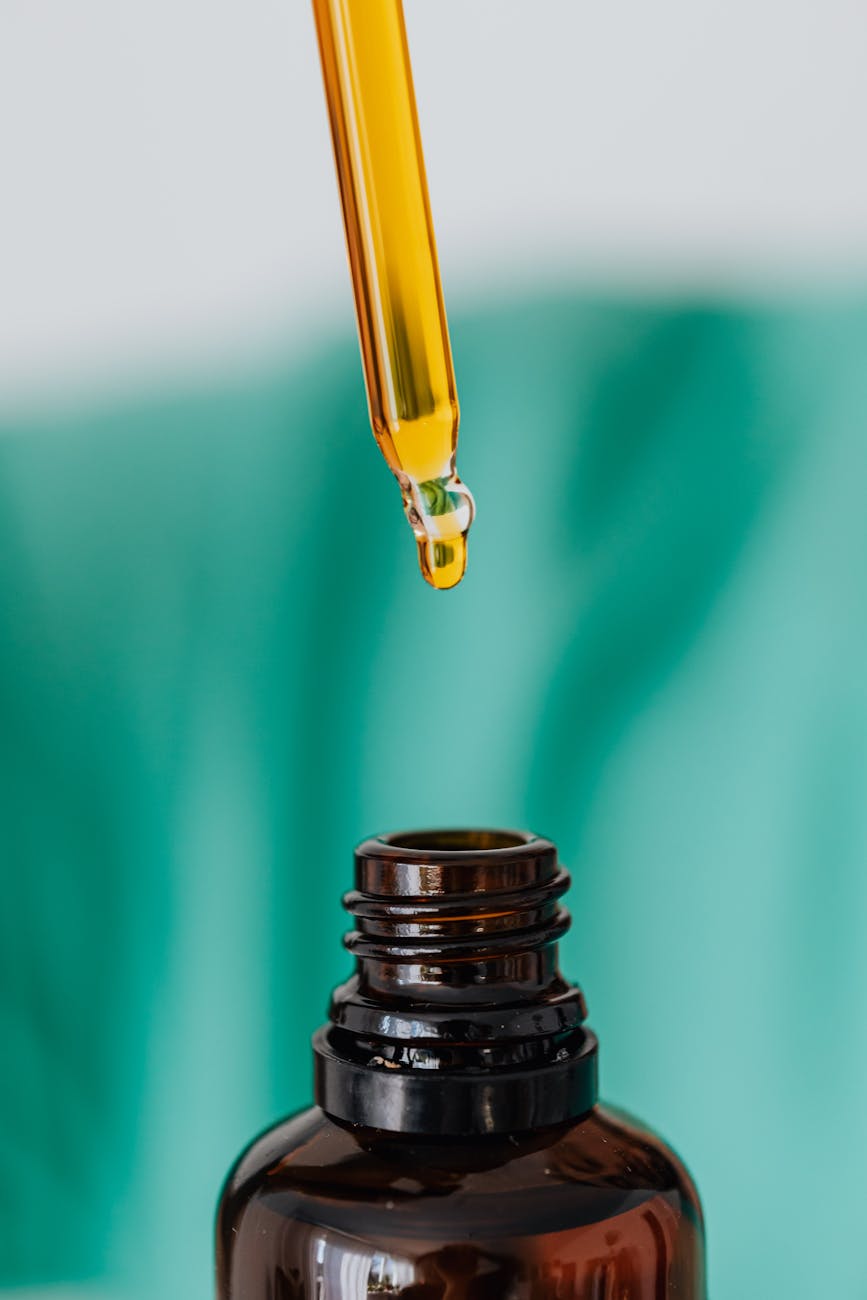Introduction to Chemical Peels
Are you dreaming of radiant, smooth skin? Chemical peels might be the answer you’ve been searching for. These transformative treatments help to exfoliate and rejuvenate your complexion, revealing a brighter layer beneath. But are you truly ready to dive into this skincare journey? Proper preparation is key to achieving optimal results and ensuring your skin reacts positively. From understanding the role of ingredients like kojic acid and retinol in pre-peel care, to knowing how to address hyperpigmentation effectively with hydroquinone, getting your skin ready can make all the difference. Let’s explore everything you need to know about prepping your skin for chemical peels!
Preparing Your Skin for a Chemical Peel
Preparing your skin for a chemical peel is essential for achieving the best results. Start by consulting with a skincare professional to assess your skin type, concerns, and overall end goal. Be mindful there is no overnight way to erase months, to years of pigmentation. Yet proper preparation and guidance from a professional can give you your desired outcome.
If you are planning to get a chemical peel, consult with a professional 1-3 months in advance. This will help you understand the process, prepare for the treatment, and have all the tools for a successful treatment outcome.
Certain medium depth peels require the use of retinol before a chemical peel. Using a retinol before a peel will help speed cell turnover for optimal healing.
The Perfect Derma The Perfect B Hydroquinone is another hero product to look for when prepping the skin for a chemical peel. This ingredient helps calm the pigment cells in our skin to prevent unfavorable outcomes like abnormal skin darkening after a peel. This is also a beneficial product to use before microneedling Fitzpatrick’s 3-6
Avoid sun exposure as much as possible before your appointment. UV rays can irritate your skin and lead to complications during and after the procedure.
Stay hydrated; drink plenty of water and maintain a balanced diet rich in vitamins that promote healthy skin. These steps will prepare both your complexion and mind for what lies ahead.
Benefits of Chemical Peels for the Skin
Chemical peels offer a multitude of benefits for your skin, making them a popular choice in skincare routines. These treatments can effectively address hyperpigmentation, revealing a more even skin tone.
One remarkable advantage is the improvement in texture. Chemical peels exfoliate dead skin cells, promoting smoother and softer skin. This process encourages cell turnover, allowing fresh skin to emerge.
Another key benefit lies in reducing fine lines and wrinkles. By stimulating collagen production, chemical peels help restore youthful elasticity to the skin.
Additionally, these treatments can minimize enlarged pores and reduce acne breakouts. Ingredients like kojic acid or hydroquinone enhance their effectiveness against stubborn spots.
Incorporating chemical peels into your skincare regimen can lead to noticeably brighter and healthier-looking skin over time. Each session brings you one step closer to achieving that radiant complexion you’ve always desired.
Aftercare and Recovery Tips
Aftercare is crucial for achieving the best results from your chemical peel. Once the procedure is complete, your skin will need some extra love and attention to recover effectively.
Avoid direct sun exposure. Your skin will be more sensitive after a peel, making it easier to burn. Use broad-spectrum sunscreen daily with at least SPF 30. This protects your skin while it heals.
Stay hydrated by drinking plenty of water and using a gentle moisturizer. Look for products containing ingredients like hyaluronic acid that help lock in moisture without irritating sensitive skin.
Purchase the right aftercare products to maintain and enhance results.
Be mindful of what you apply post-treatment. Using products that contain hydration and ceramides and lipids are key. Here are some of our best selling after treatment products to use
Sente Dermal Repair Ultra Nourish
Also, it’s wise to resist picking or peeling any flaking skin; this could lead to scarring or infection. Instead, let nature take its course while keeping an eye on how your complexion evolves during recovery.
Remember that each person’s healing process varies based on factors like skin type and depth of treatment received. If you notice unusual redness, swelling, or discomfort persisting beyond a few days, reach out to your skincare professional for guidance.
By following these tips diligently after your chemical peel treatment, you’ll enhance the benefits and promote healthy new cell growth—helping fight issues like hyperpigmentation effectively over time.

